MY CHILD NEEDS AN IEP. WHAT NOW?
The mysteries of intervention in education can be overwhelming, especially for those new to the process. This document may help to clarify what is important to know when your child has been identified with a learning difference and you’re asked to participate in the IEP (Individual Education Program) process. Children with additional learning needs such as dyslexia are usually identified by the school as requiring an IEP to facilitate success in their learning. Please note that this information is based on current practices in Victorian State Government schools and may be different for private school or those in other states/countries.
WHAT IS AN IEP AND SSG?
An IEP should consider the student’s current level of performance, identify specific and achievable goals, and detail how these goals are to be achieved. An IEP should be discussed and created during a SSG (student support group) meeting. These meetings would normally be conducted once a term and participants include:
Principal or nominee
Classroom teacher
Parent/Carer
Student
Advocate (if required)
Consultant/professional (if required).
THE SSG PROCESS
The SSG provides the opportunity for all interested parties to work together to provide a framework for the support of a student with diverse learning needs. Please note that for students with diverse learning needs who are not covered by disability programs, the SSG process is not mandatory, but highly encouraged, as is the creation of an IEP.
MY CHILD HAS DYSLEXIA. WHAT DO I NEED TO KNOW ABOUT THE IEP?
An IEP for a child with dyslexia may include:
· Research based reading intervention
· Achievable and measurable goals that are monitored regularly
· Appropriate and useful accommodations
· Appropriate assistive technology
· Additional time if required
· The frequency of intervention
· Who is responsible for providing the intervention
Research based reading intervention includes explicit, systematic instruction using an evidence-based program. If you’re unsure of whether the program being used is evidence-based, check this list or contact Reading Connections and we can talk you through it:
Here are some more links to information about IEPs, SSGs, adjustments and accommodations and dyslexia that you may wish to read through before you start the process with your child’s school:
https://www.speldnsw.org.au/wp-content/uploads/2022/07/Adjustments-for-Dyslexia.pdf
https://www2.education.vic.gov.au/pal/individual-education-plans-ieps/policy
https://www2.education.vic.gov.au/pal/student-support-groups/policy
Sue Austin
